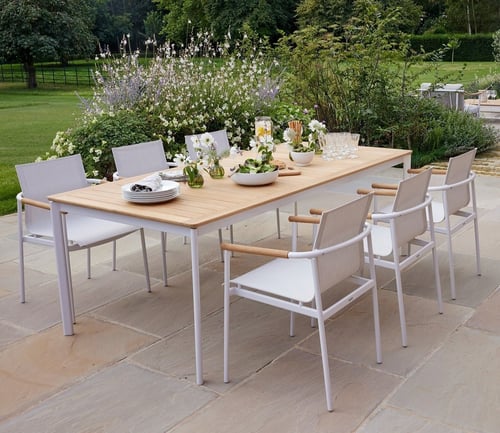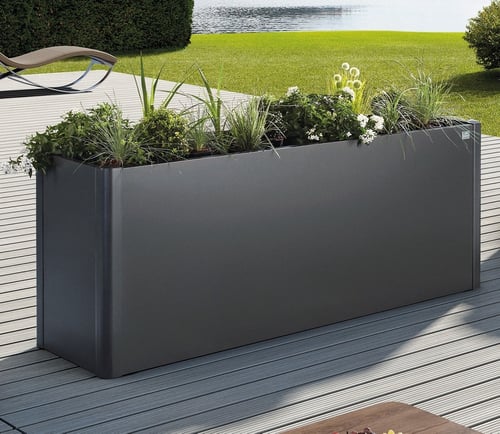The percentage of gardens covered in concrete, paving or gravel has risen from 8% to nearly a quarter over the last decade, with plants completely disappearing from 28% of gardens, that's five million homes without so much as a blade of grass.
Reversing this trend from green to grey is seen as essential for practical as well as aesthetic reasons.
Wildlife suffers from the lack of habitat, and the risk of increased flash flooding are just two reasons why the RHS have launched their 'Greening Grey Britain' campaign.
Climate change is another consideration, with the RHS suggesting that at least a 10% increase in urban greenery is needed to allay predicted rises in temperature.
Plants And parking
The RHS Director General reasons that whatever the pressures are to pave, there should always be space for ornamental plants.
Off street parking is often cited as the main cause but there's also a train of thought that people have become increasingly insular and no longer find it necessary to impress their neighbours by virtue of a front garden boasting colourful plants and a verdant lawn.
As part of their campaign, Sean Murray, winner of the Great Chelsea Garden Challenge, has been commissioned to design a front garden that combines space for plants as well as parking. The result was a front garden that accommodated a car along with plants and nesting boxes, proving that they can all co-exist.
Small changes according to the RHS, can make a big difference, and they are asking people to contribute by planting a shrub, tree, climber, flower bed or container. The target is to change 6000 grey places to green by 2017.















